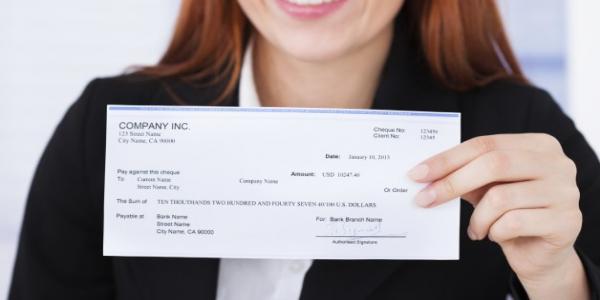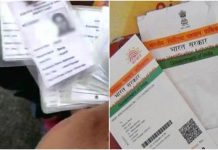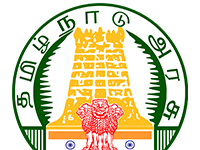 Cheque Bounce Law: Know your legal rights in case of cheque bounce
Cheque Bounce Law: Know your legal rights in case of cheque bounce
Dishonor of cheque
Dishonor of cheque or cheque bounce occurs when a cheque that is presented in the bank is returned unpaid. It could occur due to insufficient funds in the bank account of the person who has issued the cheque or the signature on the cheque is not matching with the original signature of that person. You can proceed against the person who has issued such a cheque under various provisions of law. The most important and useful provision to consider is Section 138 of The Negotiable Instruments Act.
Important things to keep in mind
The first step that must be taken in a cheque bounce case is to send a demand letter or legal notice to the person who has issued the cheque also called as ‘drawer’. The demand notice can either be drafted by the aggrieved person himself or he can also take help from a lawyer to draft the same. A demand notice should be sent within 30 days from the date on which the receipt of cheque bounce is given by the bank to which the cheque is presented. However, if the drawer does not pay the amount within the stipulated period of 15 days from the date on which the legal notice is sent to him, then the aggrieved person could even file a cheque bounce case against the drawer in such a situation.
Documents Required:
The following documents are required before filing a cheque bounce case :
1) Original cheque and return memo
2) Copy of notice and original postal receipts.
3) Evidence affidavit.
Where can a cheque bounce case be filed?
There has been quite some debate regarding the area of jurisdiction of a cheque bounce case. But recent Supreme Court rulings have clarified the issue. The cheque bounce case should be filed in the area where the cheque was submitted by you, to be honoured.
Who can file a cheque bounce case?
Ordinarily, the payee of the cheque files the cheque bounce case. But in special cases, the case can also be filed through a power of attorney. An important thing to keep in mind is that it is mandatory for the complainant to appear before the magistrate and examined under oath.
What is a material alteration?
Changing the amount of the cheque, changing the name of the payee (the person to whom the check is given), or making other changes on the cheque, such as the date or the name of the drawee (the person from whose bank account the cheque is withdrawing funds) or paying bank can be considered as material alteration. If the cheque has been dishonored and the bank finds out that there has been material alterations on the cheque, then you are not entitled to file a cheque bounce case.
How do I defend against a frivolous cheque bounce case?
In certain business transactions, cheques are used as a method for payment of money or as a security. However, there have been instances where after the completion of the business transaction, the person tries to fraudulently encash the cheque. And subsequently files a false complaint in the court. Hence, the manner to defend a frivolous cheque bounce case is to show that there was no legal subsistence debt at the time the cheque was issued. Hence, you will have to show that the cheque was given as a way of security and no debt existed at that point of time.
Alternate remedies
Generally, a civil suit for recovery of money is filed in a cheque bounce case. However, in serious cases where the cheque amount is big and in cases where it is applicable, a criminal complaint for cheating could also be filed under section 420 of the Indian Penal Code.
Cheque bounce case against companies and firms
If you want to file a cheque bounce case against your company or firm, the people you can file the cheque bounce case against are the directors and/or partners of the company or firm. You could even file a cheque bounce case against the firm or company.






























